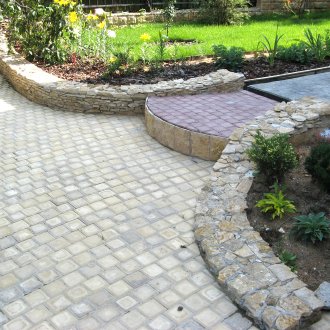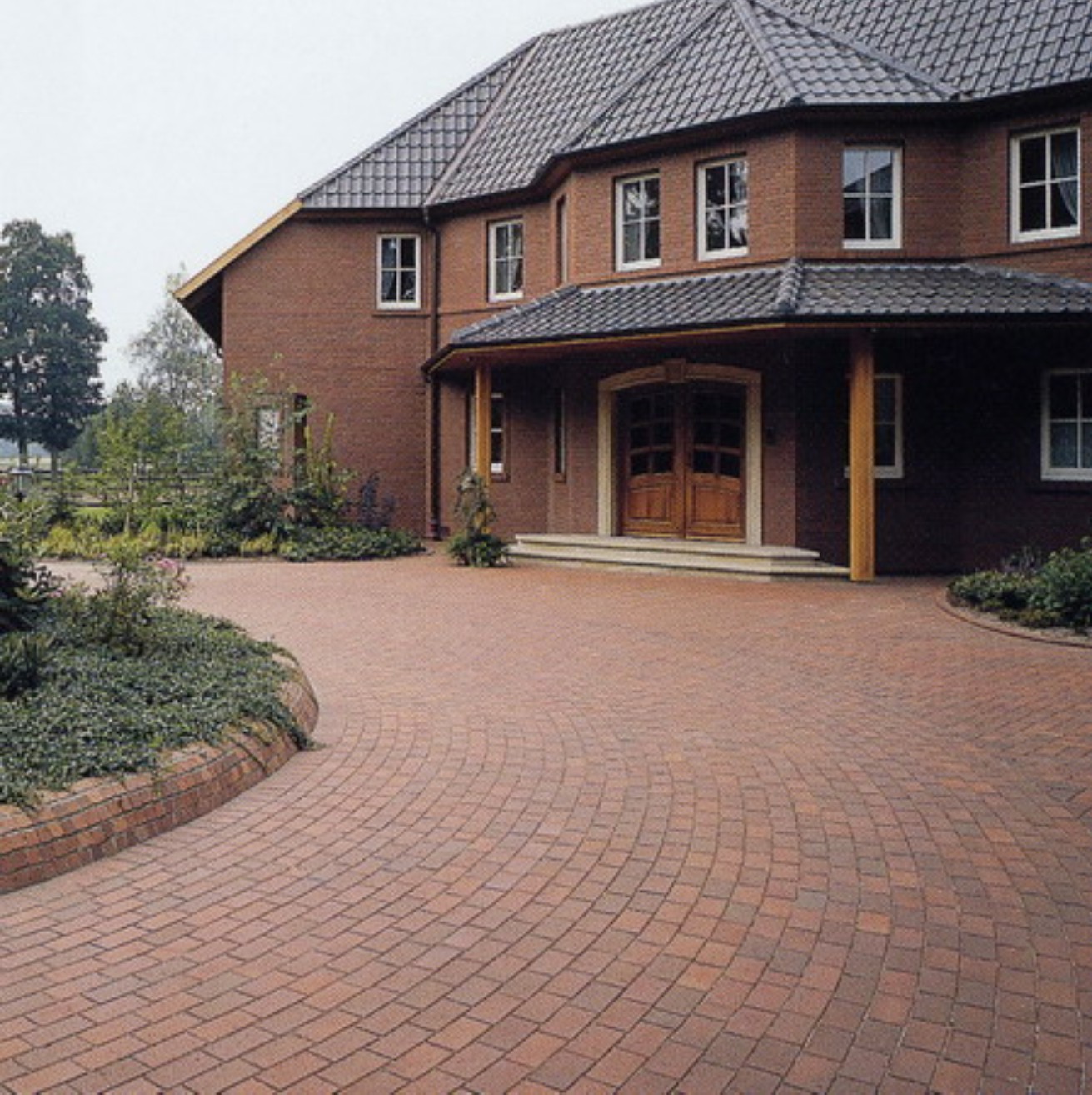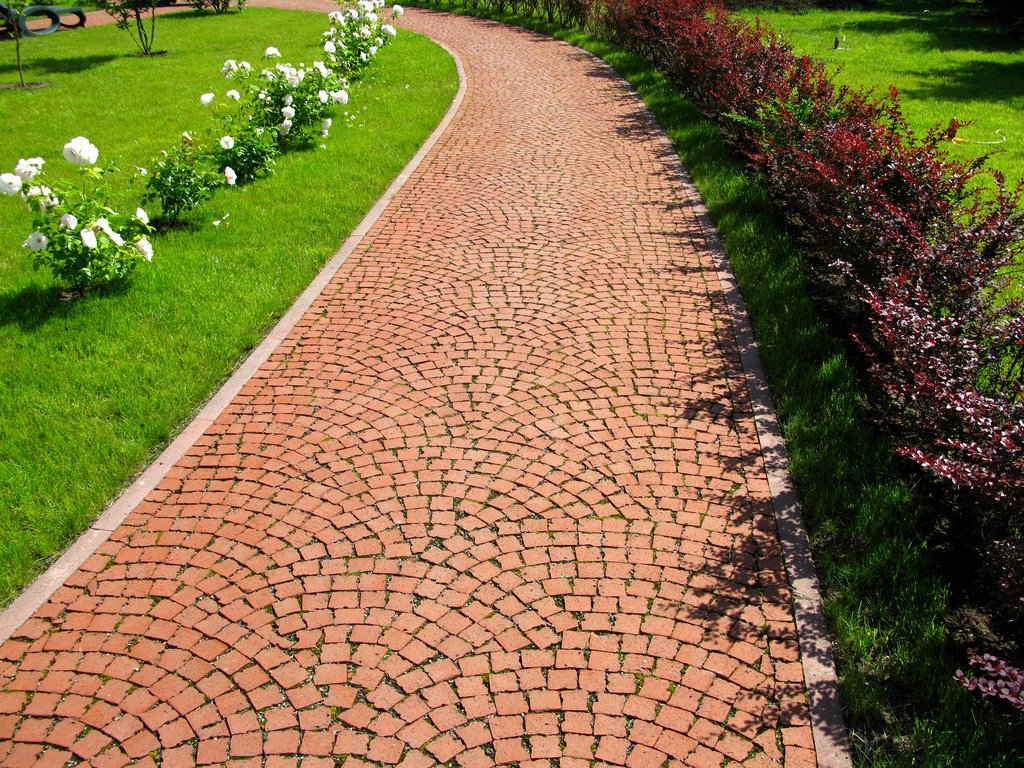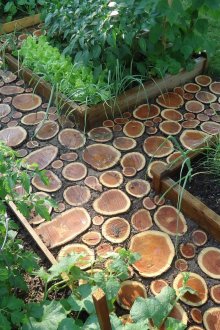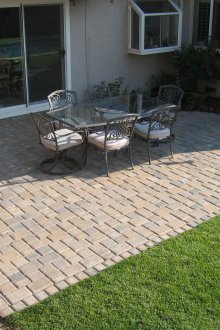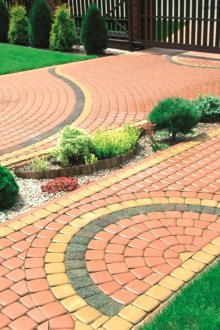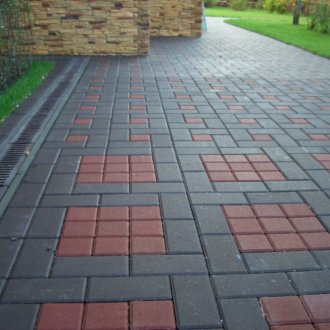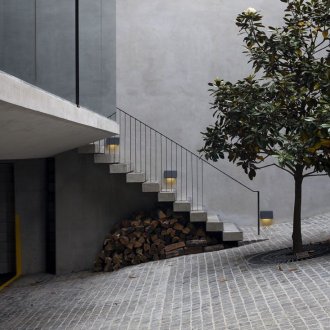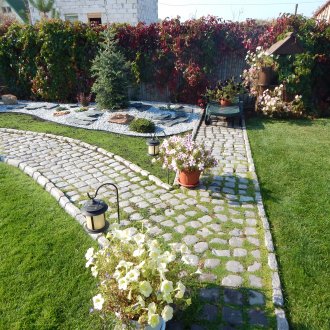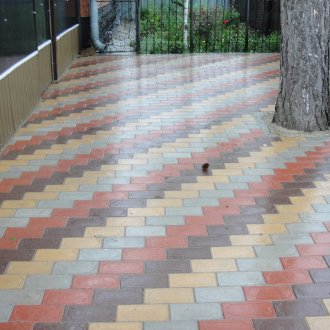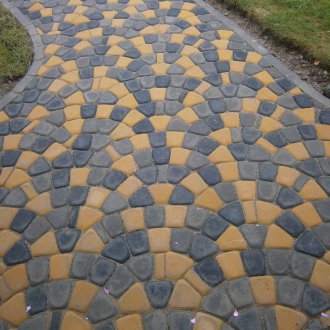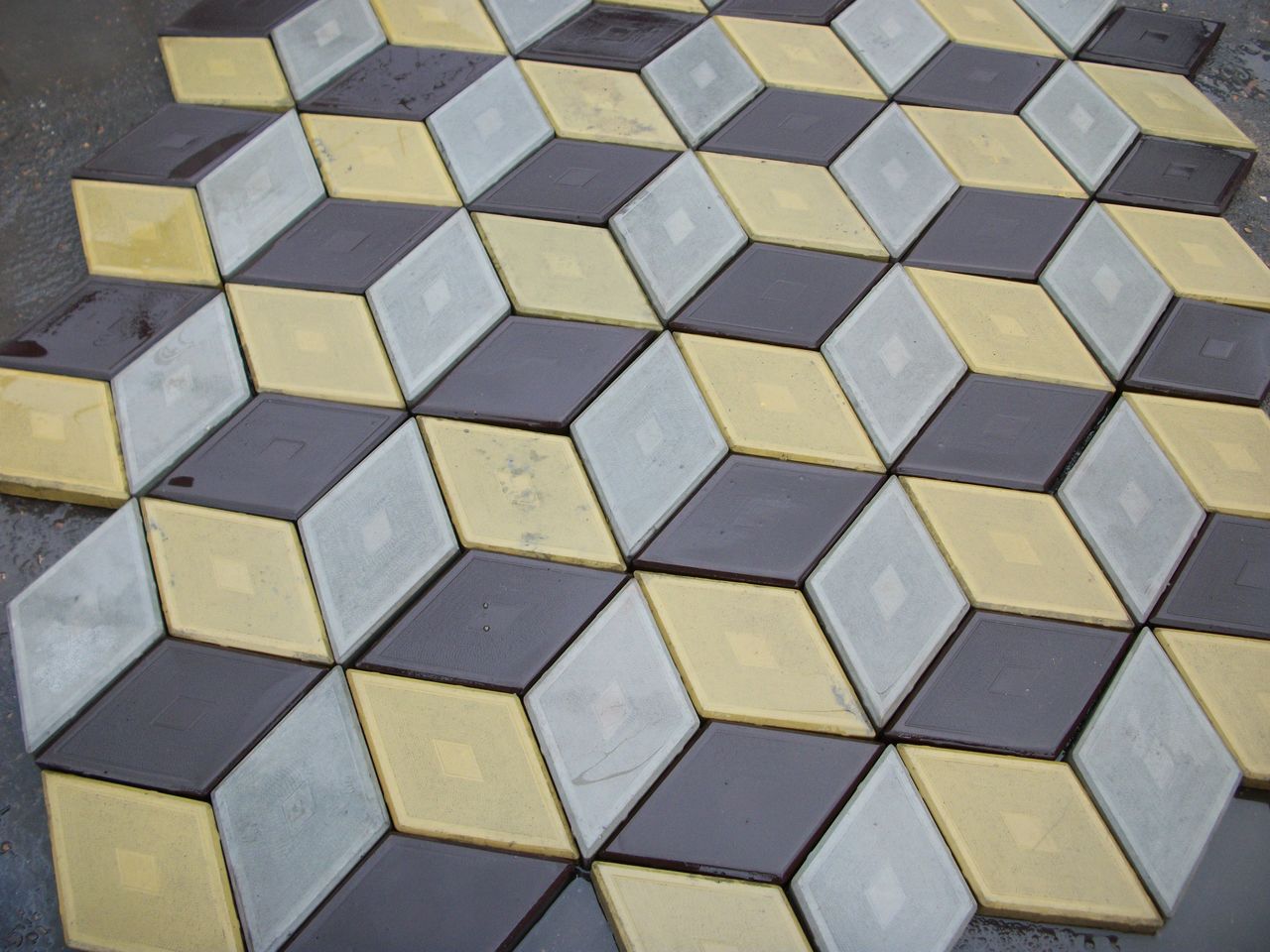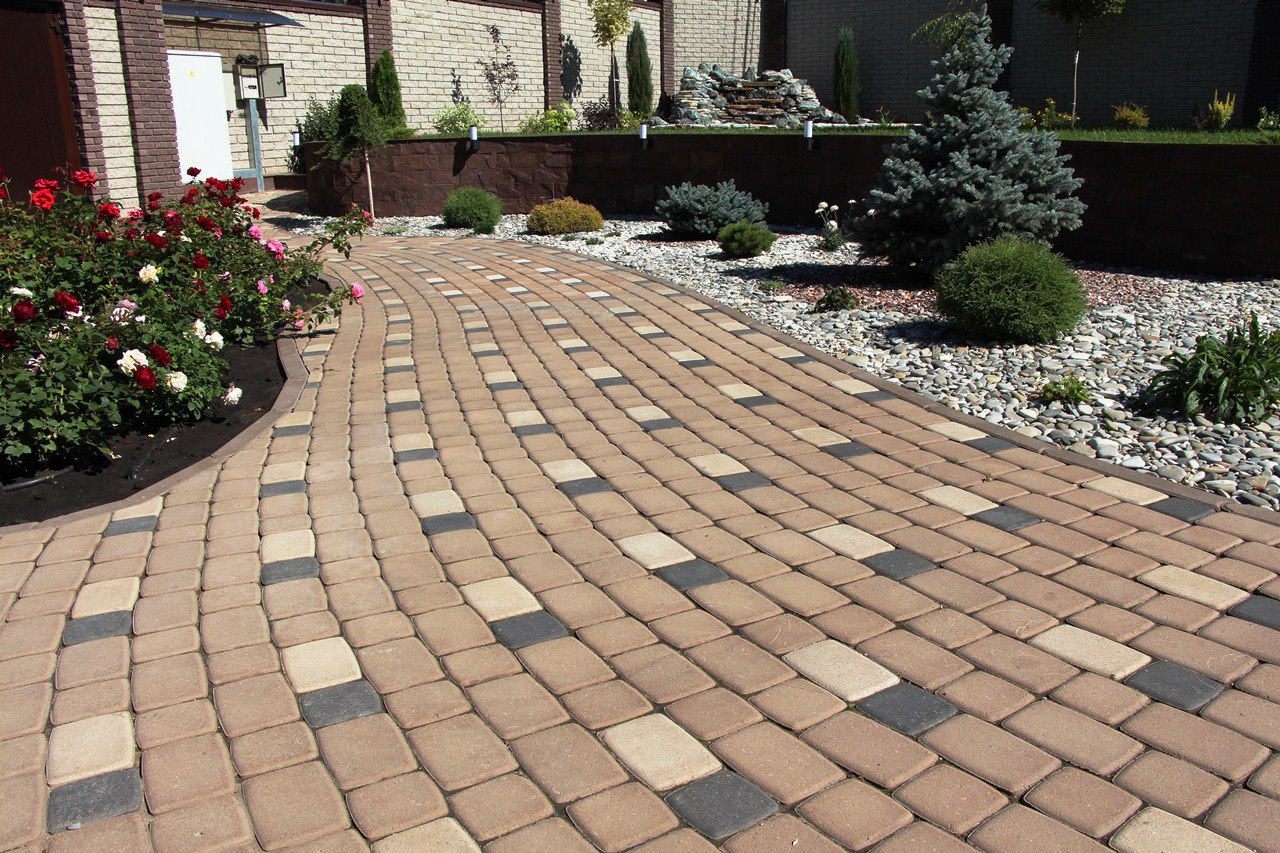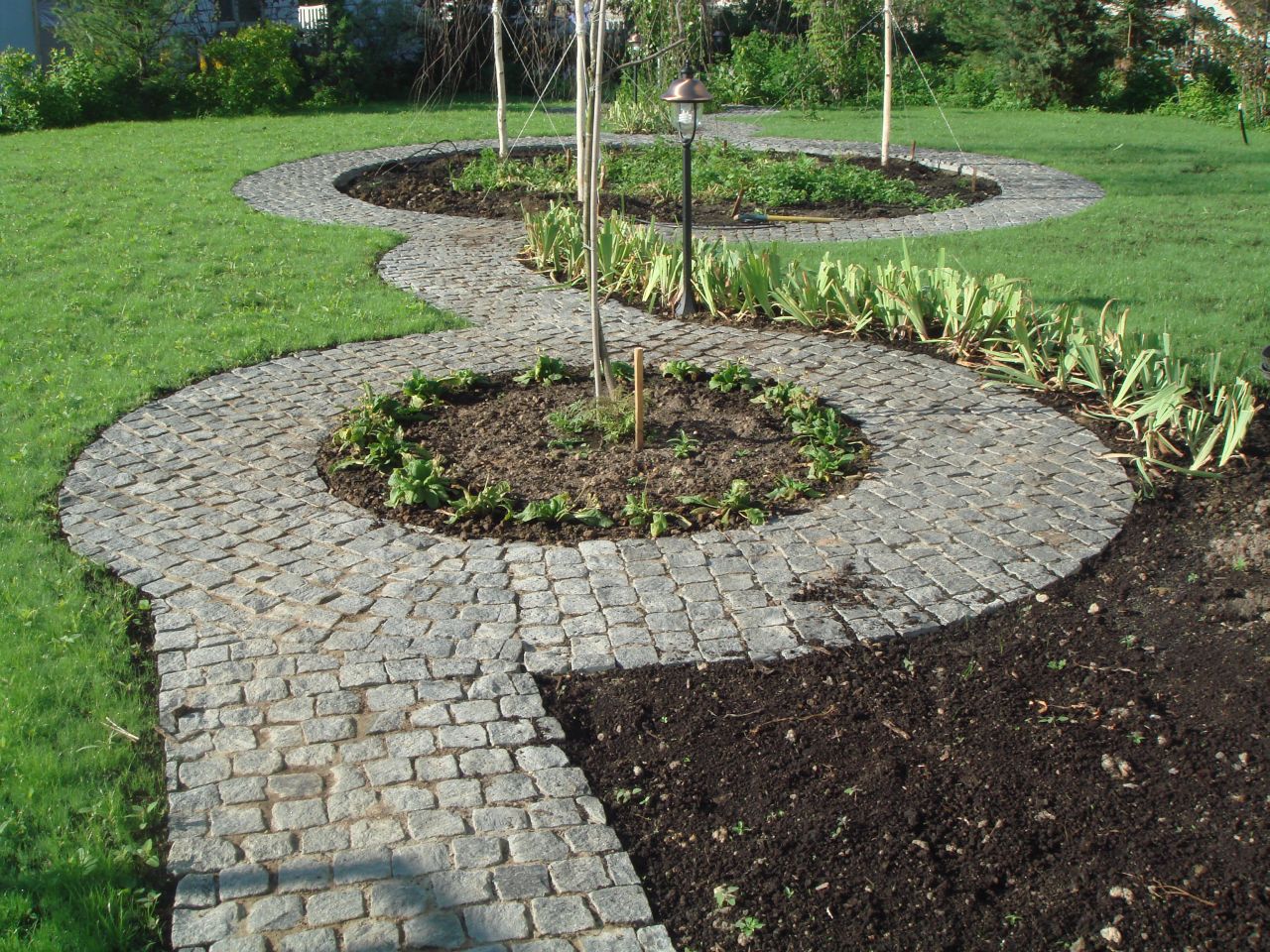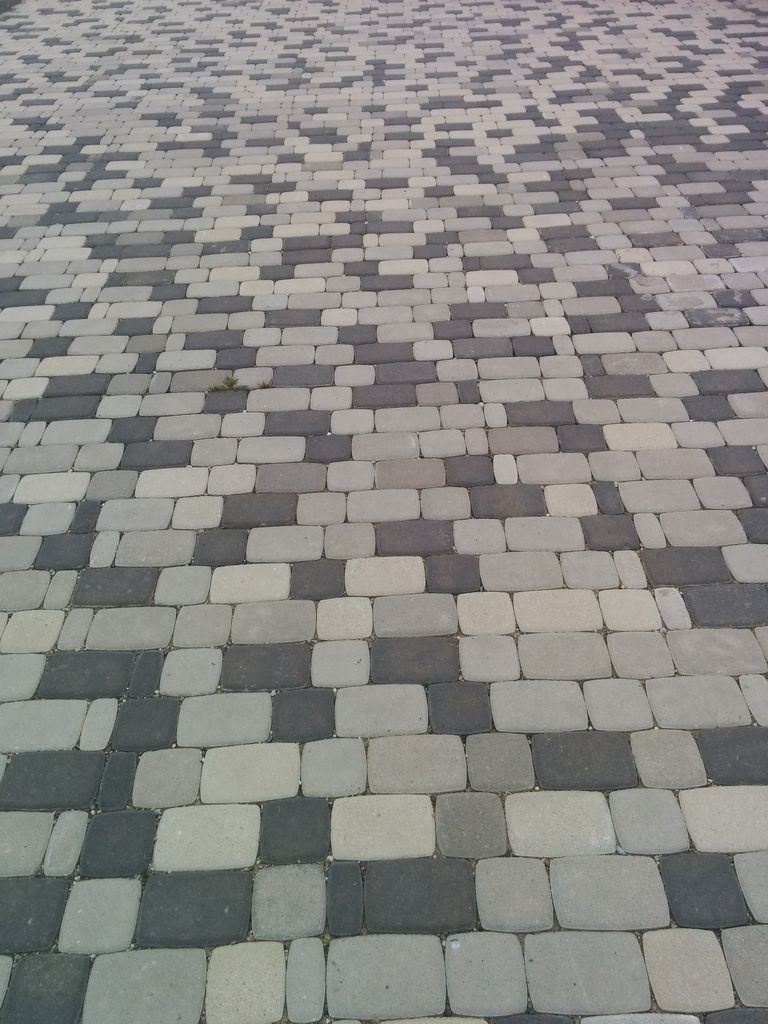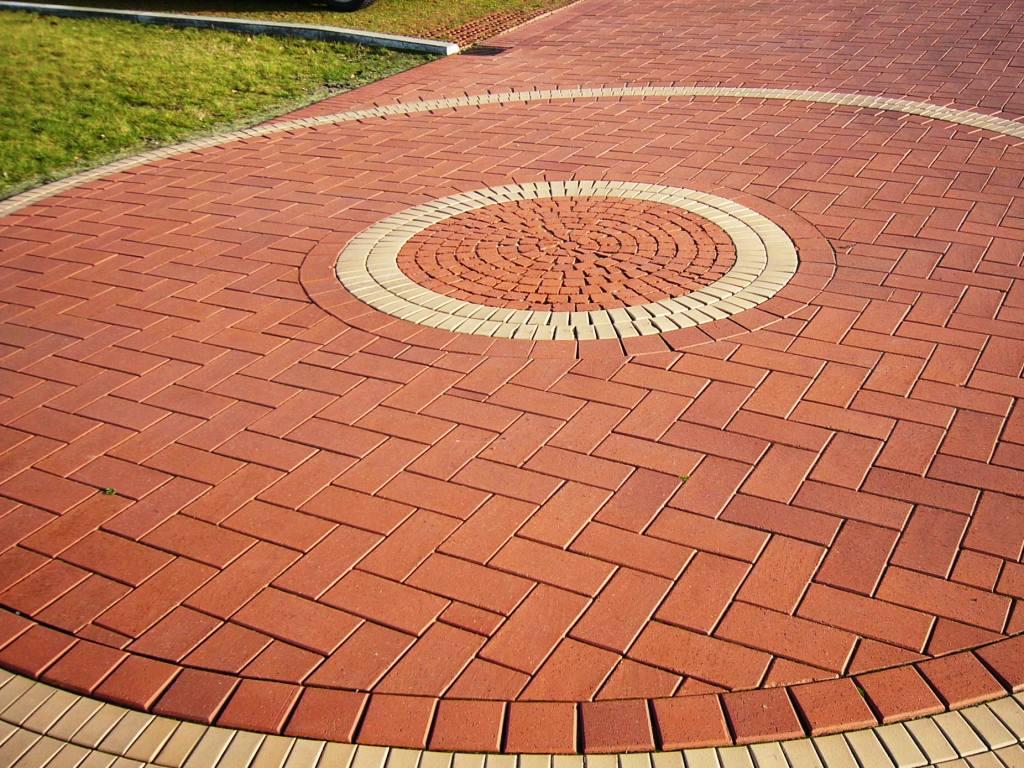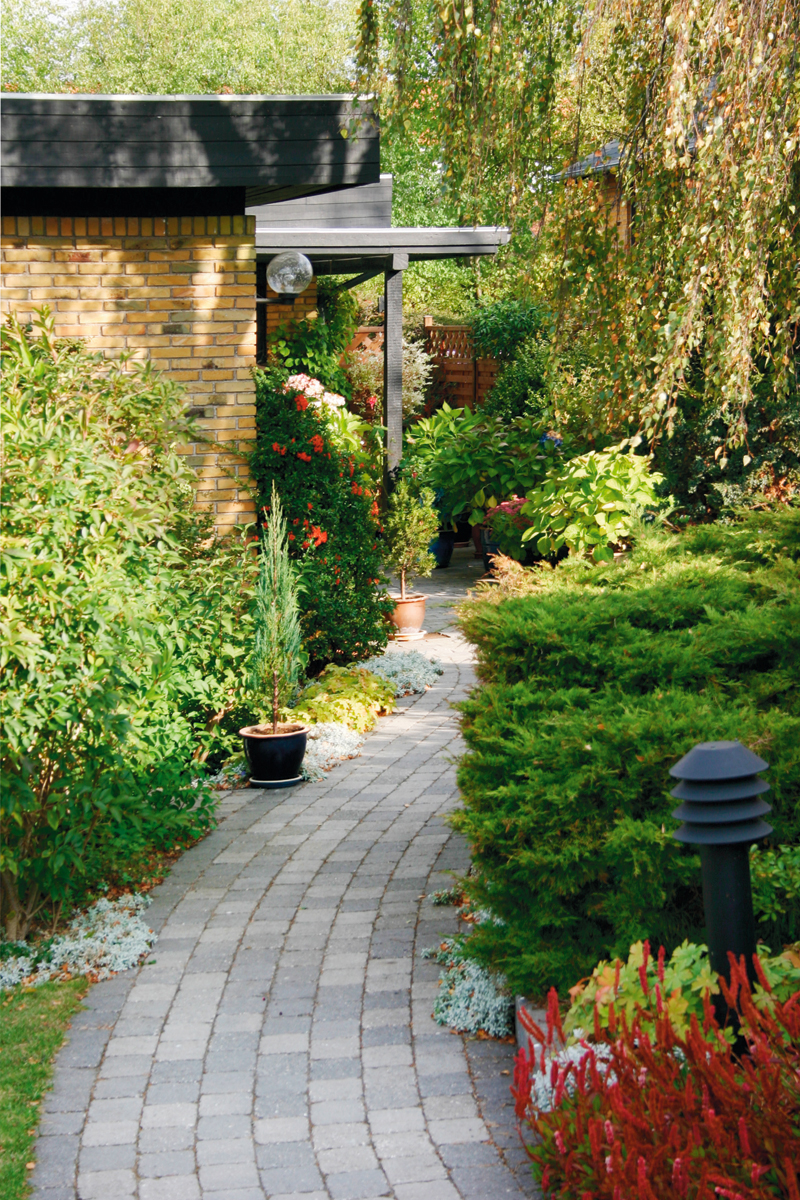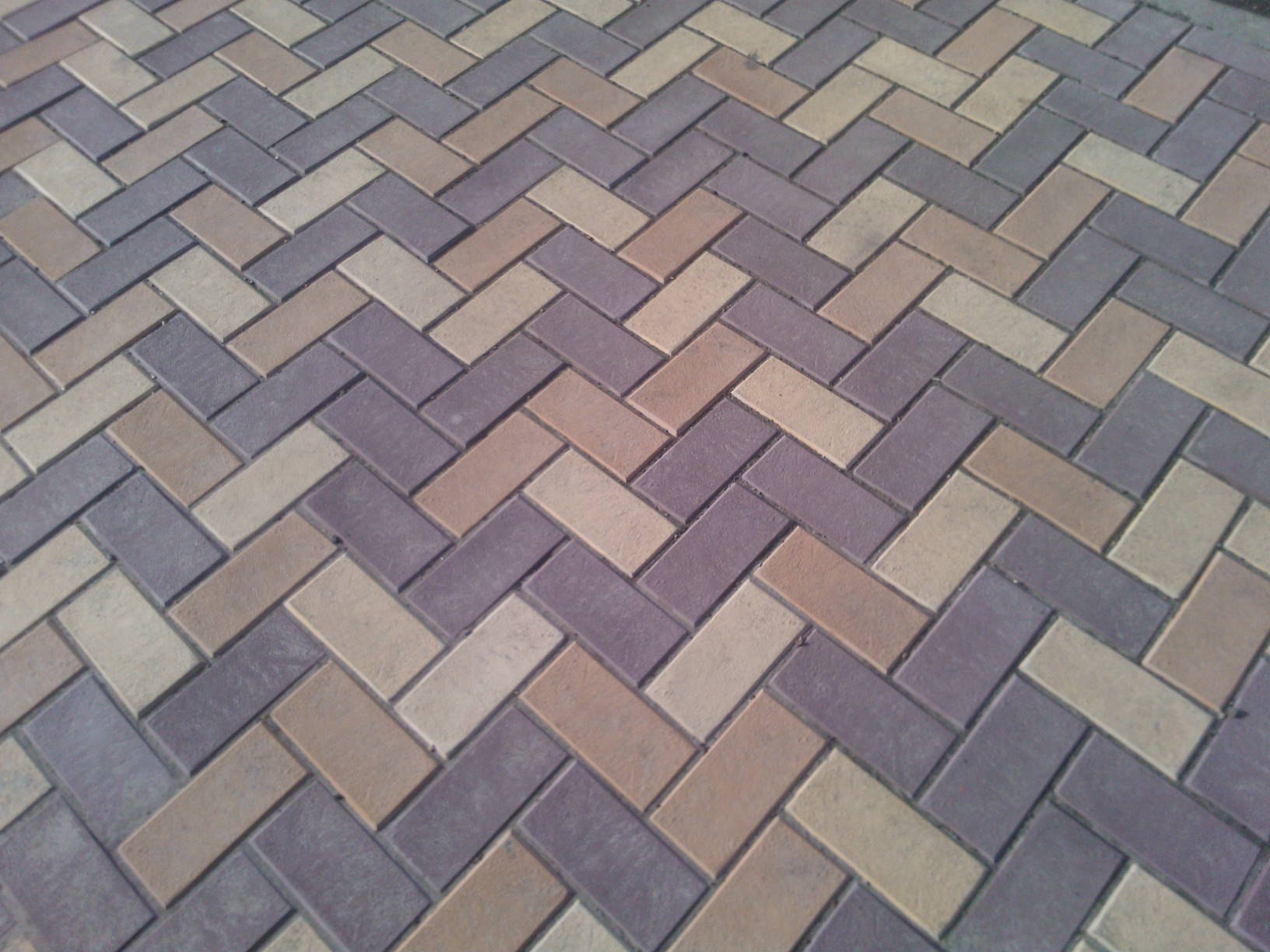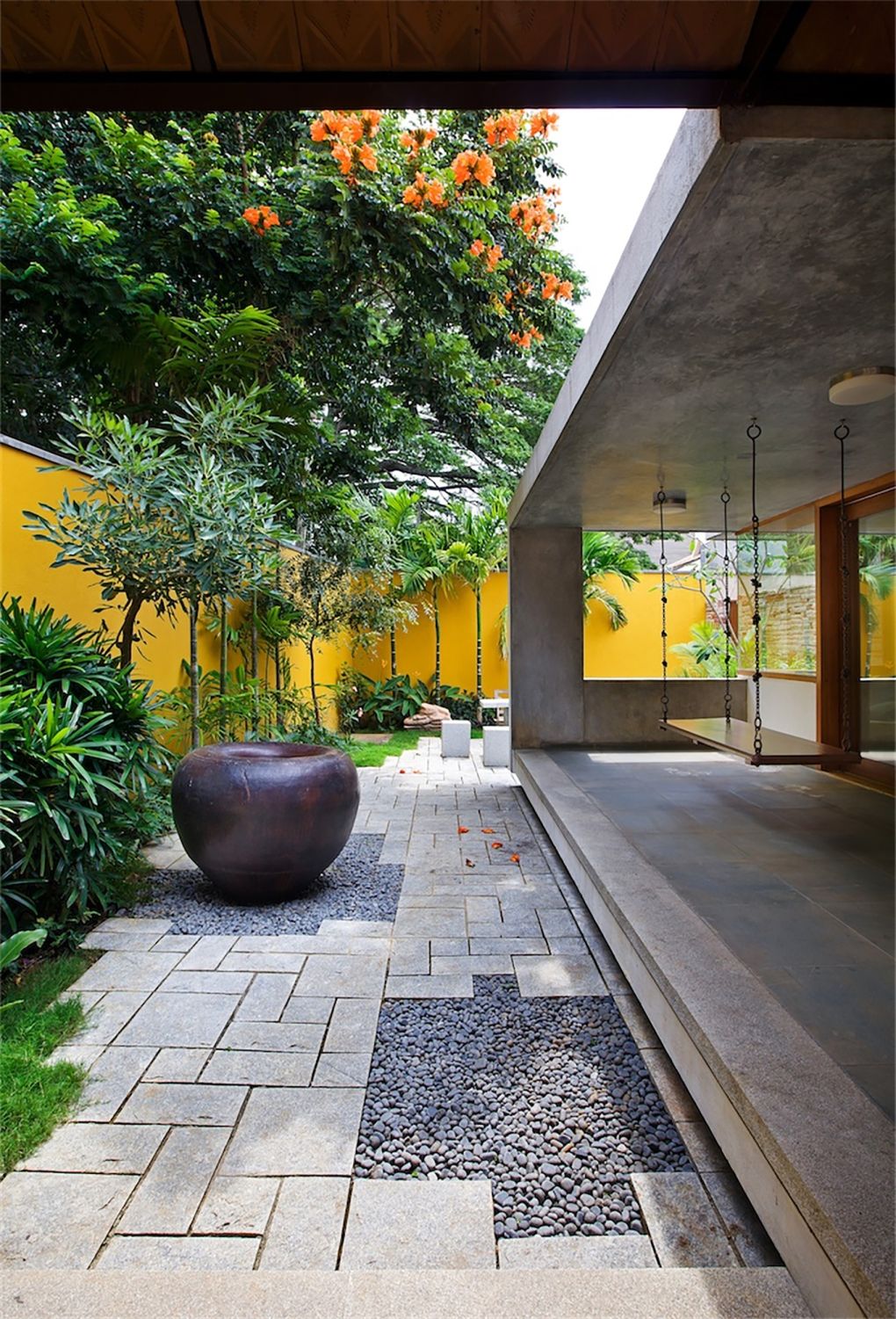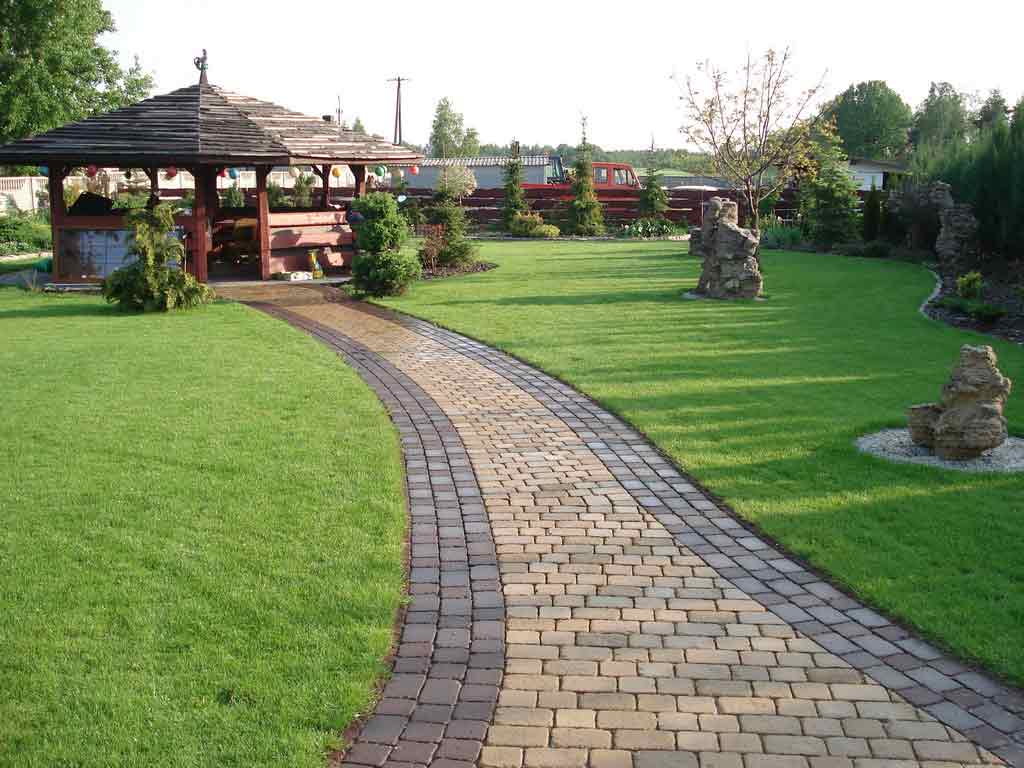Paving stones: daily comfort (23 photos)
Content
The group of materials actively used for paving sites can be divided into 2 broad categories: natural and artificial analogues. Before you make a choice in favor of one of these types, you need to take into account the purpose of the future cover, weather and climate manifestations common in the region, financial capabilities, potential intensity of use, aesthetic requirements.
Artificial coatings include concrete paving (vibropressed or vibrocast), polymer-sand, granite, rubber and rubber tiles. Granite and wild stone products are included in the category of natural paving materials.
Reasons for the demand for paving slabs
The paving stones under consideration have the following useful qualities:
- ease of installation - for its installation does not require the involvement of specialized construction equipment;
- environmental friendliness;
- the special design of the inter-tile joints allows moisture to leak out quickly, that is, water does not accumulate on the surface of the coating;
- paving clinker paving has such advantages as ease of loading and unloading, lack of specific storage requirements, ease of transportation;
- durability and significant operational resource;
- maintainability - if it is necessary to introduce or repair underground engineering networks, you can quickly remove and replace the paving stones, as well as lay only the missing elements;
- A wide range of colors (from red to classic gray) and textures.
Specificity of Concrete Products
The key to the popularity of this variety is considered to be not only an attractive design, thanks to which the territories in private households and on city streets acquire a noble appearance, relative cheapness and excellent operational properties are also significant advantages. The main advantages of such paving paving stones:
- wear resistance;
- a large resource in conditions of seasonal freezing;
- resistance to aggressive chemicals;
- safety for man and nature;
- ease of laying.
Two technologies are used for manufacturing - vibropressing and vibrocasting. Since the concrete mixture is laid very tightly and mechanical impact is applied to it, the composition contains little water, as a result, a sufficiently reliable material is formed. The strength level of products for both methods is the same, the differences are only in appearance.
Polymer-sand modification
This paving slabs are made of medium-grained sand, the composition also includes polyethylene polymers, dry coloring pigments (of which red is most in demand) and special additives.
The components are mixed and heated at high temperatures. Products are manufactured by vibrocompression using automated lines or compact hand-held machines. The equipment creates high pressure, due to which tiles with clear geometric shapes without pores and internal cavities are formed. Compared to concrete, polymer-sand coatings are more durable.
The specifics of the application of technology granilite
This technique is based on vibration casting, resulting in the formation of paving elements of various shapes with increased wear resistance, flexural strength, able to withstand up to 500 cycles of seasonal temperature changes. Due to the unique aesthetic properties, paving clinker pavers can be used as a decorative design for sites in the private and public segment, in the elements of urban infrastructure. The weight and thickness of paving slabs make it possible to achieve a resistant coating for areas with high traffic.
Regardless of what dimensions the cast materials will have, you can get any color scheme, for example, natural red shades that successfully complement urban architectural ensembles. Products often imitate the texture of natural and artificial materials, in particular, patterns and veins of natural stone.
Safety rubber coatings
This version of the pavers is made of crumb rubber, it is placed on sports and playgrounds, recreational areas and areas around the pools. Products can have 1-2 layers, the thickness, on average, varies between 10-20 mm, there are more stable anti-vandal options mounted in an unprotected area.
Universal tile does not require special care: the dirt is washed off by rain or water from the hose, you only need to remove garbage from time to time. Such paving stones for paths can be mounted even in difficult terrain. The design options for different areas of different colors look interesting, for example, the alternation of dark blue, green and red stripes.
The required sizes and forms of coating
The most popular is paving clinker pavers or the so-called paving bricks - this form allows you to lay out unpretentious ornaments that are easy to combine with other architectural elements.
The 100x100 mm line is also in great demand, its thickness varies between 30-100 mm. Laying paving slabs with a thickness of more than 6 cm is advisable only if the platform or track is designed to drive vehicles, but heavy equipment can move the paving.
Square elements with a side of 250-300 mm are convenient both in weight and in width. The varieties "Parquet", "Spider Web", "Sicily", "Grid", "Flower", "Cloud", "Fantasy", "California" are in great demand. This category is suitable for finishing any sites, especially if you use a dry mixture during installation.
The size of 400x400 mm suggests a variety of options for laying paving slabs, the most popular types here are "Openwork", "Shagreen", "Fresco". If you use paving stones for paths, they will visually appear wider than in reality, the addition of tiles with a curbstone looks especially advantageous. Also a good solution is the use of models that simulate wooden boards.
The overall model range with a side of 500x500 mm is mainly used for decoration of garden and park areas. If you put the paving stones in 1 row, you will get paths that are optimal for arranging the walking area. Tiles are also used to decorate the local area, since its dimensions allow you to complete all the work in a short time. But this option has considerable weight (on average 28 kg), which will create understandable difficulties during installation.
Also, one should not forget about the fragility of products, they are especially vulnerable during transportation. To create a durable coating, you will have to take care in advance to strengthen the foundation, especially if it is planned to equip a car park.
Laying paving slabs can be done on a sand or concrete pad. The first option is more common, as it is optimal for adjoining territories and parks, recreational facilities.The sandy base promotes effective drainage, all components are mobile in relation to each other, so the surface of the track remains unchanged with a slight "fluidity" of the soil. Experts recommend buying paving stones with a small margin in order to replace deformed or cracked tiles, if necessary.

